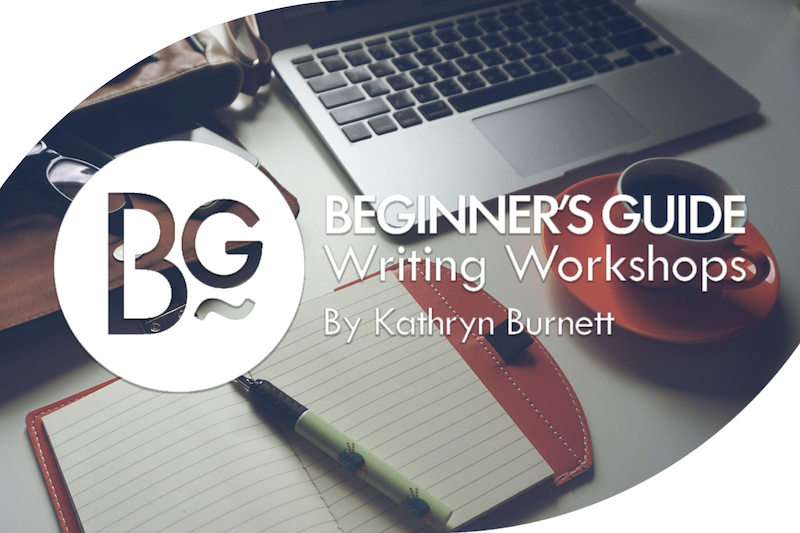Until the year 2000 I had only ever seen the works of Vincent van Gogh in books. The photographs were either black and white or colour, but I wasn’t overly impressed. Then, 18 years ago I wandered into the Getty Centre in Los Angeles and saw my first van Gogh piece in the flesh and up close. I was blind sighted, here was a painting of sunflowers in a vase that launched itself at me. Vivid colours, paint that was thick and swept across the canvas in emotive bursts. The exhilaration I felt at that moment forever changed my impression of van Gogh.
With that memory in mind, I was excited to see how director Julian Schnabel would treat this most enigmatic of artists in the film At Eternity’s Gate.
Well…
The film is a contradictory mess. It has some wonderful elements, but it’s very badly filmed. So let’s start with what’s great about it.
The good bits:
Willem Dafoe as van Gogh is rather brilliant really – particularly once you get over his obvious American accent. He gives a truly humane interpretation of the artist. We see him as a flawed and emotional genius who was misunderstood and feared by his contemporaries but who, in his heart, was full of wonder and love. His obvious mental illness is sympathetically handled by Dafoe and the actor’s face gives us all we need to know about van Gogh’s inner turmoil and ecstasy without a word needing to be uttered.
There are also two incredibly powerful scenes in this movie.
The first is when van Gogh is in a mental hospital and visited by his brother Theo (Rupert Friend). The two brothers lie on the bed together as the camera vacillates between extreme close-ups of their faces and wide shots. Theo holds Vincent in a loving embrace as he reassures his brother of his love and support. It is an intimate and lovely scene showing two men holding one another in an unselfconscious way – this is rare in filmmaking and it is the highlight of the film.
The second moment occurs when a priest (Mads Mikkelsen) visits the hospital to assess van Gogh’s rehabilitation. He insults the artists work, but Vincent holds his own and questions the priest about art and religion. This is an incredible powerful scene that challenges the foundations of morality and seems to ask the question – who is insane, the man who is defying convention, or the authority figure who represents the status quo?
The film deliberately avoids showing any of the violent episodes in van Gogh’s life or his worst moments of mental illness – rather it concentrates on the consequences of these moments and Vincent’s reactions to them when questioned. This is a very clever technique as it keeps the focus on the man and gives us an insight into his true character.
The bad bits:
At Eternity’s Gate was shot in a lightning fast 38 days and it shows. The director has used filmmaking techniques that would have earned any student filmmaker a ‘D’ grade.
The pace of the film is at times ridiculously slow. There are long scenes with no dialogue, very little action and irritating piano music. One example is a scene where van Gogh slowly takes off his shoes. The camera is often held in strange angles and at one point comes to rest on the floor with a slight bump and then suddenly rights itself. It is also frequently out of focus. I am left wondering, was this a mistake that was accidentally left in the film or was it deliberate? Whatever the answer, it is astounding that this happened and it made unpleasant viewing.
Overall, the cinematography was horrendous. In many action scenes – for example when van Gogh is running, the camera bounces around in a jarring way. Clearly the camera operator was running with the camera, but we see every bouncing footfall and every sudden turn. Perhaps this is intended to give us a sense of urgency and chaos from van Gogh’s point of view. What it succeeded in doing was making me and several other people at the screening feel nauseous.
There is a reason steadicam was invented. It did away with the awful jarring that used to attend films from earlier decades.
By shooting scene after scene this way, Schnabel ruined what could have been an amazing film. This trend towards ‘grittier’ filmmaking seems to be happening a lot more in the industry, but filmmakers need to realise the human brain doesn’t work that way. Our nervous system smooths out most of the ‘bumps’ we see when we run – when presented with filmed images that force us to see those things, the result is at best unnerving.
The film also uses a yellow filter and deliberate blurring whenever scenes show van Gogh’s point of view. Much of the film therefore is out of focus. I guess this is due to theories that the artist’s vision was affected by some disease or possibly lead poisoning. This speculation hasn’t been irrefutably proven, but even if it had, too many scenes employ the technique and it is just annoying.
Summary:
I am glad I saw this film because it has some interesting moments, and I think Schnable has tried to create an intimate visceral story that genuinely and literally reflects van Gogh’s view of the world. It could have been a beautiful film, but Schnabel’s direction and the cinematography choices make it feel cheap and clumsy – thankfully Dafoe’s incredible performance saves it.
In cinemas 20th December 2018
At Eternity’s Gate
110 Minutes
Directed by: Julian Schnabel
Starring: Willem Dafoe, Rupert Friend, Mads Mikkelsen, Mathieu Amalric, Emmanuelle Seigner, Oscar Isaac




